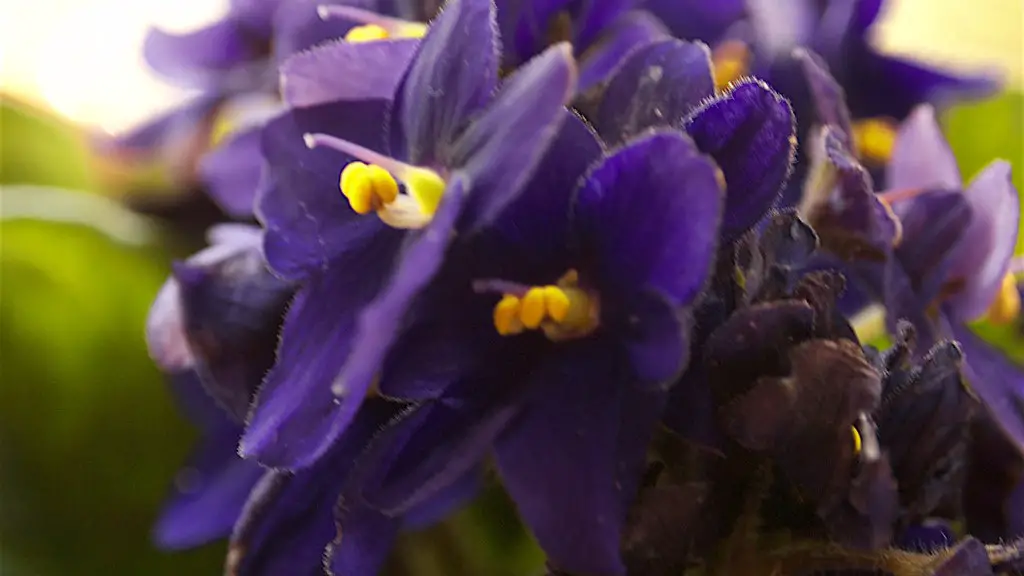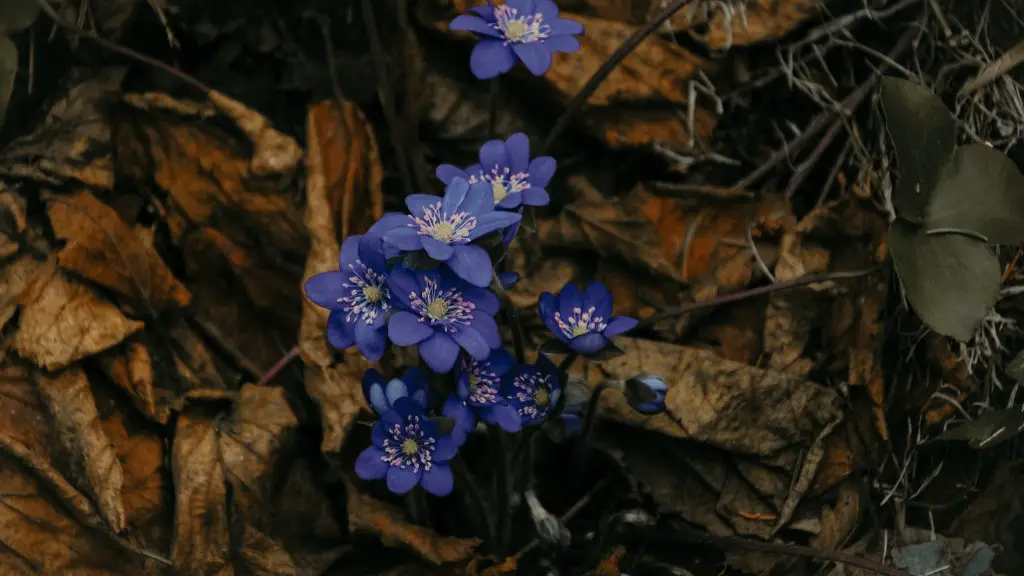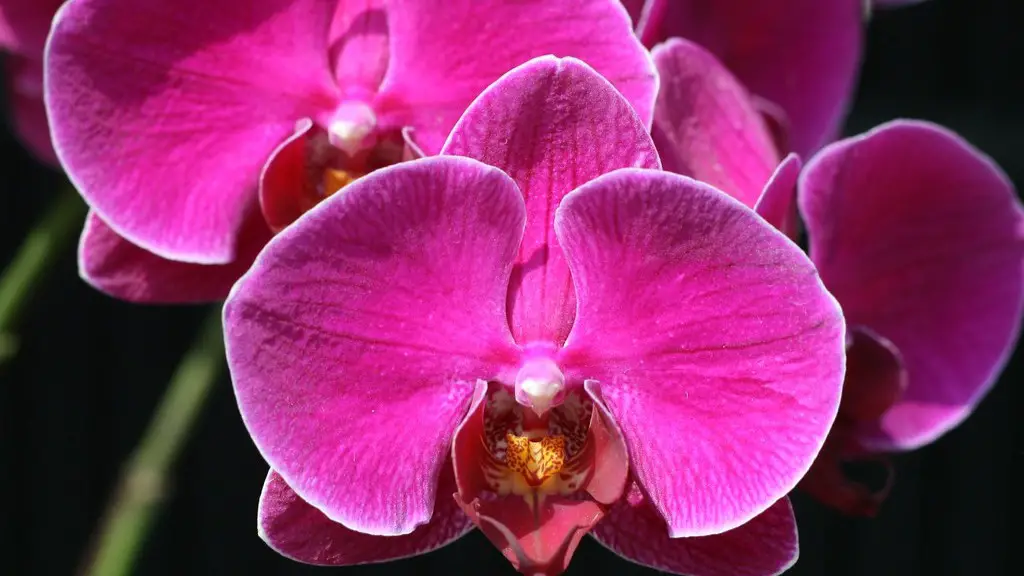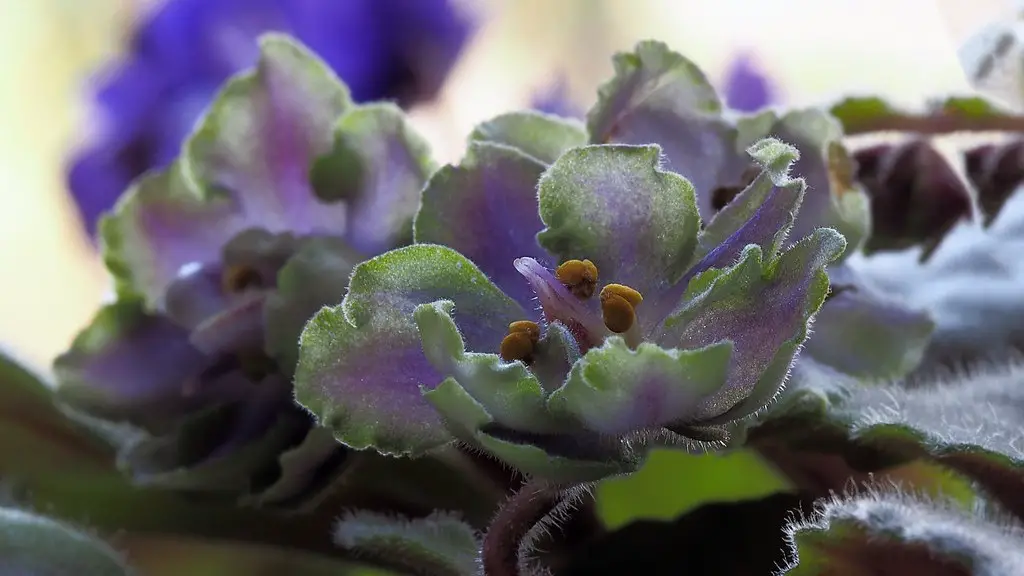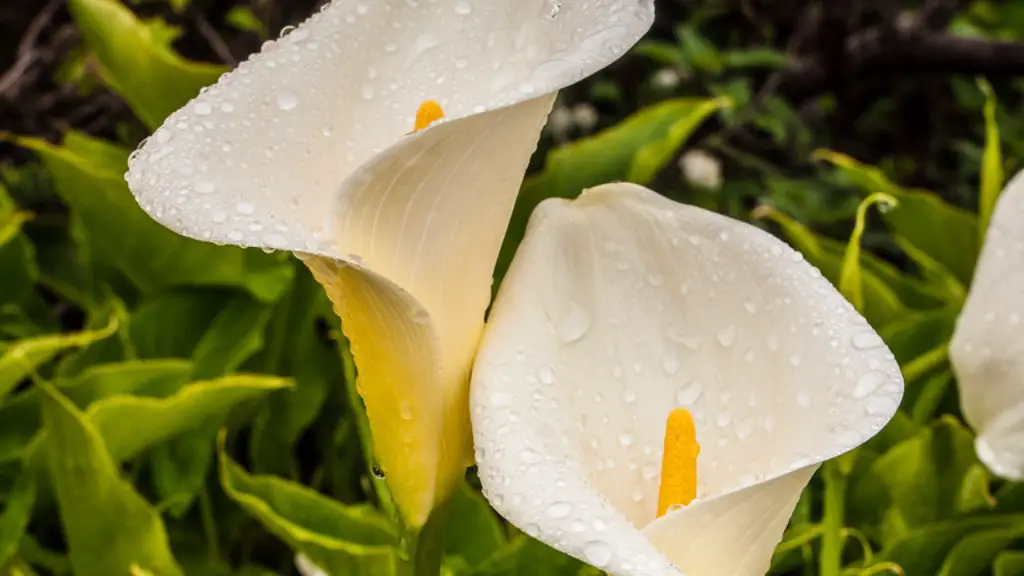If you’re asking yourself why your African violets aren’t blooming, don’t worry, you’re not alone. Many people who grow African violets (or any type of plant, for that matter) have experienced a time when their plants just don’t seem to be blooming. There can be many reasons for this, but fortunately, there are also many solutions. With a little trial and error, you should be able to figure out what’s preventing your African violets from blooming and get them back on track.
There are a number of reasons why your African violets might not be blooming. One reason could be that they are not getting enough light. African violets need about 12-14 hours of bright, indirect light every day in order to bloom. Another reason could be that they are not getting enough nutrients. African violets need to be fertilized regularly (about every 2 weeks) in order to bloom. Finally, African violets need to be kept evenly moist – not too wet and not too dry. If the soil is too dry, the plant will stress and stop blooming. If the soil is too wet, the plant could develop root rot and also stop blooming.
How can I get my African violet to bloom?
To ensure that your African violets are getting the right amount of sunlight, place them in an east-facing window with a sheer curtain to filter the light. They need bright, indirect sun for best results, and too little sunlight will cause them to stretch for the light and produce few or no flowers. Too much sun can burn the leaves, so be sure to monitor their exposure and adjust as needed. African violets also need eight hours of darkness every night, so placing them in a room that gets plenty of natural light during the day but is dark at night is ideal.
African violets are known for their ability to bloom nearly year-round. If you are able to provide the correct conditions, expect your African violets to bloom 10-12 months each year. Each bloom lasts for about 2-3 weeks.
Does Epsom salt help African violets bloom
Epsom salts are a great way to provide plants with essential magnesium and sulfur. Two minerals that are needed to produce beautiful blooms and healthy foliage. Mix one and a half teaspoons of Epsom salts in a quart of tepid water and swirl to dissolve. Water your African violets (below the leaves) with this solution once a month.
African violets are beautiful plants that are typically grown indoors in North America. They do best in bright, indirect light and should be kept on a plant stand or shelf that is three feet away from a west- or south-facing window. African violets need to have their leaves kept dry, so be sure to water them from the bottom of the pot and avoid getting water on the leaves. With proper care, African violets will bloom and provide lovely color in your home.
How often should African violets be watered?
A wicking system is a great way to make sure your African violets are never over watered. The system works by drawing water up from a reservoir into the soil, so the plant can always access the moisture it needs.
Many growers find that fertilizing their African violets once a week with a mild fertilizer designed for the plants gives them the best results. A balanced fertilizer formula such as a 20-20-20 or one with slightly more phosphorus, like a 15-20-15, is usually sufficient for most growing situations.
How long do potted African violets live?
African violets need to be repotted every year or two. If you notice that your plant is starting to outgrow its pot, or if the roots are coming out of the drainage holes, then it’s time to repot. Be sure to use a pot that is only slightly bigger than the one your plant is currently in.
African violets need regular fertilizer to remain healthy and produce blooms throughout the year. The best fertilizers for African violets contain all the essential nutrients needed for healthy growth, including nitrogen, phosphorus, and potassium. These nutrients can be found in many commercial fertilizers, or you can make your own homemade fertilizer. during the spring and summer, fertilize your African violets every two weeks. In the fall and winter, cut back on fertilizing to once a month to prevent over-fertilizing.
How do I know when my African violets need water
African violets need to be watered when the top of the soil is dry to the touch. They should be allowed to dry out between each watering for best results. Overwatering can kill a plant. The fine roots of an African violet need air, which cannot penetrate a soggy wet soil mass.
This product is great for instantly feeding a wide variety of blooming houseplants, including African violets. It is easy to apply and simple to use, and will help your violets thrive.
Is coffee grounds good for African violets?
Coffee grounds are slightly acidic and contain nitrogen, which helps plants grow healthy foliage. Occasionally sprinkling used coffee grounds on top of your African violet potting soil can be good for the plant.
This formula is designed to promote more blooms on your houseplants compared to unfed plants. Simply apply directly to the soil or mix with water, and apply once a week.
Is it OK to touch African violet leaves
While it may be tempting to brush the leaves of your african violet, it is actually not recommended. Repeated brushing can decrease the plant’s quality and size. So, for a healthier plant, keep your hands off!
If you want your African Violet to bloom again, you can remove existing flowers or buds (disbud). With optimal growing conditions, the plant will rebloom in 6 to 8 weeks, according to the African Violet Society of America. So, make sure you give your plant the care it needs and wait patiently for those beautiful blooms to return.
When should African violets be repotted?
If you want your African Violet to thrive, it’s important to repot it with fresh potting soil at least twice a year, or more often if it becomes rootbound. Rootbound means that the Violet has outgrown its current pot and its roots are growing out and around the rootball. When this happens, it’s time to give your plant a new home in a larger pot with fresh soil.
If you believe your African violet is overwatered, take a close look at the leaves. Are they soft and droopy? Do they look mushy? These are all signs that your plant is not getting the drainage it needs. You may also notice that the leaves are starting to yellow or that the stems are beginning to rot. If you see any of these signs, it’s time to cut back on watering and allow the plant to dry out a bit.
Conclusion
There are many potential reasons why your African violets may not be blooming. Some possible causes include insufficient light, incorrect temperature, lack of fertilizer, or too much water. Try to identify which of these factors may be contributing to the problem, and take steps to correct the issue. With proper care, your African violets should soon start blooming again.
There are a number of reasons why African violets might not bloom. The plant may not be getting enough light, or it may be getting too much light. The temperature may be too hot or too cold. The soil may not be rich enough in nutrients. Or, the plant may simply be too young to bloom.

